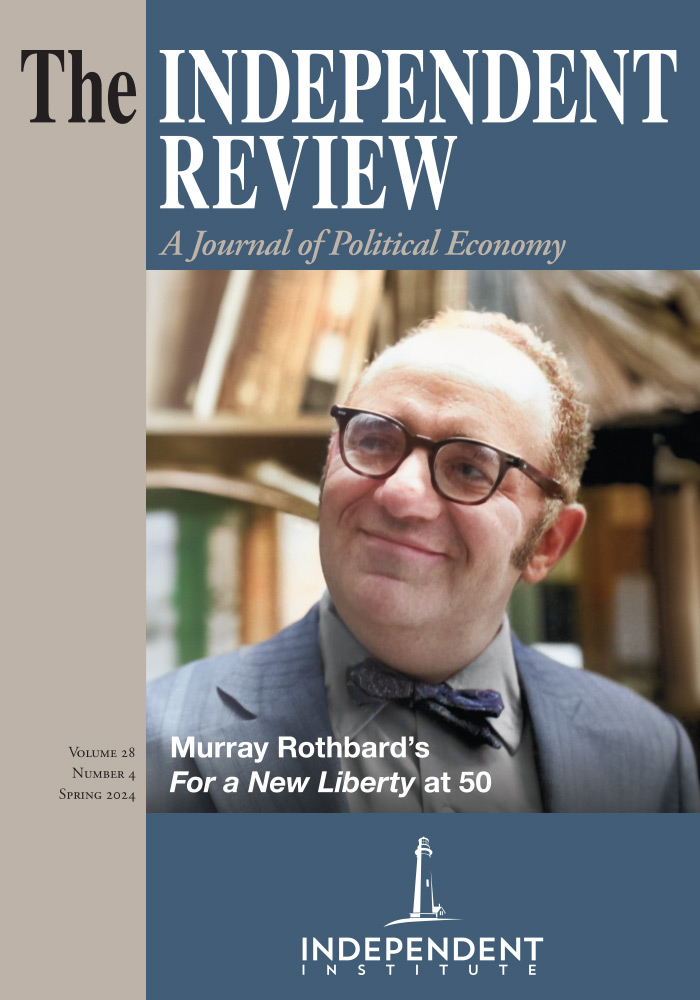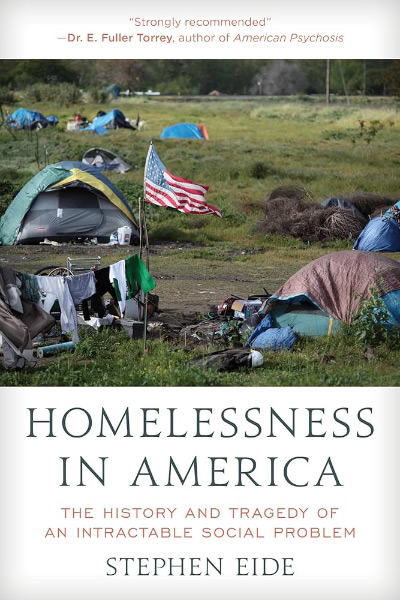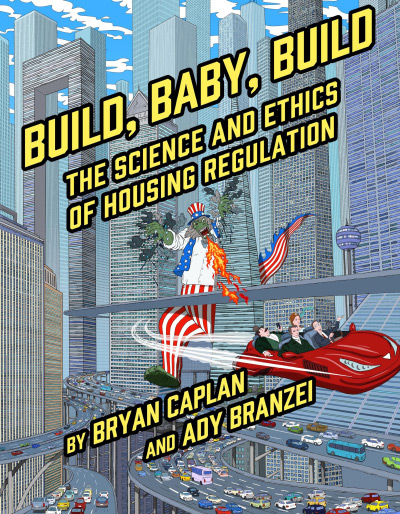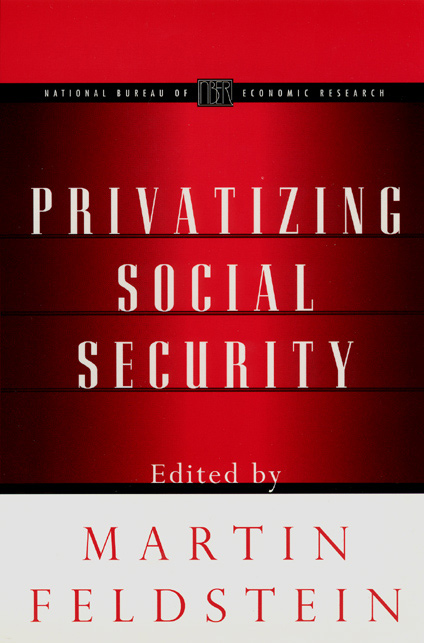The year 2022 saw the publication of two books that offer conflicting explanations for the growing homelessness crisis. The first, Homelessness Is a Housing Problem by Gregg Colburn and Clayton Page Aldern, argues that the root cause of homelessness is singularly the high cost of housing. The second book, Stephen Eide’s Homelessness in America, considers a variety of “root causes” that contribute to homelessness, placing primary emphasis on mental illness. Although these books were published nigh simultaneously, each one might be read as a counterargument against the other.
Homelessness Is a Housing Problem has quickly become the biblical text for the Housing First approach to addressing homelessness, which has been federal policy for more than a decade. The authors frame their book around a single research question: how can we account for the regional variations in homelessness across the United States? Their answer, contained in the title of the book, is that housing costs correlate better with per capita rates of homelessness than any other factor, including mental illness, substance abuse, poverty, and unemployment.
Taken at face value, the explanation for their research question is uncontestable. If the goal is merelyto explain regional variations, then housing costs are intuitively significant. One might even say that homelessness is tautologically a housing problem, as the status of being housed or unhoused is the defining characteristic of homelessness, irrespective of how important other factors may be in contributing to a given individual’s circumstances.
However, the issue is not necessarily so simple. In Chapter 5, the authors point out that regional variations in rent correspond with homelessness rates even when accounting for variations in income level. They explain that because rents “hit a floor determined by the local housing context” (p. 129), the gap between wages and rents for low-income residents is wider in areas with higher housing costs even when the median income is correspondingly higher as well. The implication, of course, is that policies that lower housing costs will do more to reduce homelessness than policies that raise wage levels.
Colburn and Aldern’s emphasis on regional variations alone seems, at times, to be designed to produce a misleadingly monocausal explanation. When we look instead at the change over time in homelessness rates within many cities, we find that it does not track nearly as well with the change in housing costs, which suggests that they are downplaying other relevant variables. By way of analogy, it would be easy to look at regional variations in commodity prices and conclude that the only meaningful driver of consumer inflation is local regulatory policy, rather than credit expansion.
Importantly, Colburn and Aldern present their argument as a starting point for policymakers. “If we understand homelessness as a housing problem,” they argue, “we can also understand it as solvable” (p. 33). But their discussion of solutions is perhaps the greatest weakness of Homelessness Is a Housing Problem. When they consider the policies that constrain the housing supply, they point to significant barriers such as zoning regulations and permitting processes, yet these policies play no role in their prescribed solutions. Instead, they endorse government subsidies for affordable housing.
Certainly, it should seem reasonable to subject their policy recommendations to the same scrutiny as their study of homelessness. After all, their entire argument rests on regional variations in housing costs, which begs the question of what can explain such variations. The problem is that if the authors treated their policy recommendation as a testable hypothesis, the evidence would likely falsify it. San Francisco has been unable to spend the money it has raised to subsidize affordable housing due to the onerous regulatory burdens developers must overcome, for example, while Houston—which spends far less on subsidies but has no zoning regulations—is perennially among the most affordable cities in the country for housing.
Stephen Eide’s Homelessness in America gives more consideration for the individual causes of homelessness, providing a welcome counterweight to the oversimplified monocausality of Colburn and Aldern. Eide, in fact, anticipates their arguments at the outset of his book, noting that the singular focus on housing among many homelessness experts is the product of how we frame the problem: “Defining a homeless, mentally ill person as a ‘seriously mentally ill person’ instead of a ‘person experiencing homelessness’ points to a different standard of policy success” (p. 5).
The foundational difference between the two books is in how the respective authors conceptualize the problem of homelessness. Colburn and Aldern opt for the sociological approach, applying quantitative methods to aggregated data. Eide takes a more individualistic view, considering the qualitative factors that contribute to the likelihood of somebody becoming homeless, such as poverty, mental health, and substance abuse. Colburn and Aldern, to be fair, acknowledge the role that “individual attributes” can contribute to a given person’s descent into homelessness (pp. 50–54), and they consciously choose to focus instead on macro-structural factors. Nonetheless, this decision means that readers are likely to come away with a more holistic understanding of homelessness from Eide’s work.
The quality of Eide’s analysis is uneven throughout the book, but there are moments where he shines. His overview of Housing First in Chapter 5 provides a powerful counterargument to Colburn and Aldern. In it, Eide dismantles the basic logic of “platform theory,” which posits that stable housing provides the “platform” from which people can begin to recover from issues such as substance abuse and mental illness. This theory, which Colburn and Aldern neglect to discuss, undergirds the housing-centric approach to homelessness policies. The problem is that its proponents too frequently take for granted that human flourishing comes from housing alone, at the expense of vital supportive services.
Eide’s critiques of platform theory inform another important insight that he reiterates throughout Homelessness in America. We may be able to solve “homelessness,” strictly speaking, through housing alone, but many homeless individuals require other forms of intervention. Eide makes the important point that “studies of permanent supportive housing have found that residents tend to die at a remarkably high rate,” which “would seem to undermine the notion that housing functions like ‘healthcare,’” as Housing First proponents frequently argue (p. 113). When we understand homelessness in this light, Colburn and Aldern’s recommended solutions appear designed more to manipulate the measures for homelessness than to improve the lives of the actual human beings involved.
Yet Eide’s valuable insights are weakened by problematic omissions and careless errors. His historical overview of homelessness all but skips over the New Deal and Great Society programs except to briefly mention the New Deal’s short-lived Federal Emergency Relief Administration, and he makes no mention of the 2009 HEARTH Act that enshrined Housing First as federal policy. We can add to these oversights a number of factual errors, such as his claim that African Americans were less migratory than whites in the early twentieth century (p. 22)—a statement that is demonstrably false—to explain why homelessness predominantly affected white Americans at the time.
Homelessness in America is marred further by Eide’s odd conjectural forays. In his important discussion of the rehabilitative significance of social integration, for example, he bemoans that homeless persons do not read as frequently as they did in the 1920s and speculates that “quite possibly, YouTube and iPhones have contributed to homelessness by having reduced the cost of entertainment down to zero” (p. 87), yet the same complaint might have been levied against dime novels a century ago. Elsewhere, he inexplicably claims that “shelters exploit the poor less than the private landlord-run SRO model did” because shelters are run by either the government or non-profits (p. 136). Such a statement, presented without substantiating evidence, smacks of lazy analysis, and the massive corruption that plagues both local governments and non-profits in cities such as San Francisco should call Eide’s assumption into question.
Eide’s recommendations for how to address homelessness also leave much to be desired. Rather than offering concrete proposals, he gives mostly vague suggestions, such as imploring advocates to “give the ‘ending homelessness’ talk a rest” and demanding that politicians “stop breaking promises” (p. 151). Good luck with that!
Taken together, Eide’s Homelessness in America attempts to provide a much-needed antidote to Colburn and Aldern’s Homelessness Is a Housing Problem. Yet, although Eide’s work is packed with useful information and valuable insights, its weaknesses threaten to undermine its effect. On the whole, Colburn and Aldern present more rigorous and polished research, which obscures the monocausal framing of their research and poorly considered policy recommendations. Eide, by contrast, offers a more complete assessment of homelessness and a biting critique of extant policy, but his analysis is sullied by a glut of minor issues that may raise the eyebrows of more critical readers.
| Other Independent Review articles by Christopher J. Calton | |
| Winter 2024/25 | Build, Baby, Build: The Science and Ethics of Housing Regulation |
| Summer 2024 | Not in My Backyard: How Citizen Activists Nationalized Local Politics in the Fight to Save Green Springs |
| Fall 2023 | The Corporation and the Twentieth Century: The History of American Business Enterprise |



















